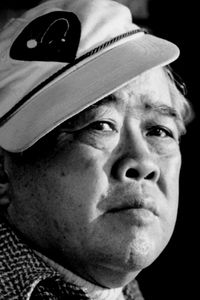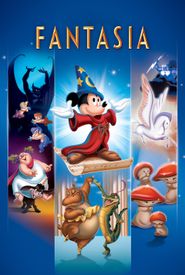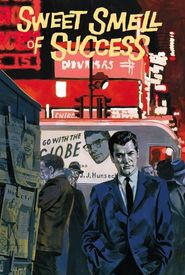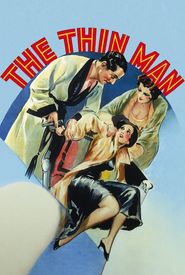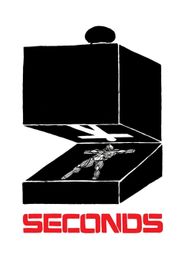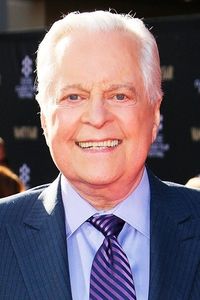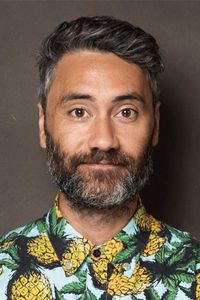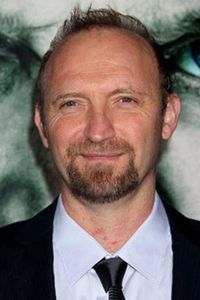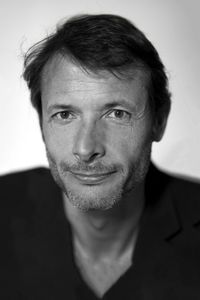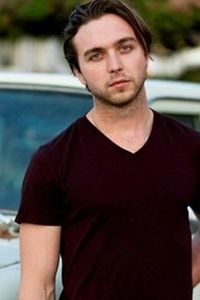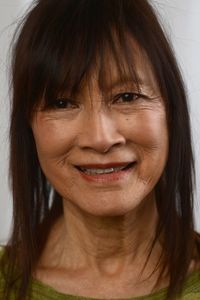Here is the biography of James Wong Howe:
James Wong Howe, a master cinematographer, was born Wong Tung Jim in Canton, China (now Guangzhou) on August 28, 1899. His father, Wong How, emigrated to America the year James was born and settled in Pasco, Washington, where he worked for the Northern Pacific Railroad. Wong How eventually opened a general store, which he made a success despite the bigotry of the locals.
James Wong Howe's childhood was unhappy due to the discrimination he faced, which manifested itself in racist taunting by the neighborhood children. To get the kids to play with him, Jimmie often resorted to bribing them with candy from his father's store. When Jimmie was about 12 years old, he bought a Kodak Brownie camera from a drugstore. Although his father was an old-fashioned Chinese, suspicious about having his picture taken and opposed to his new hobby, Jimmie went ahead and photographed his brothers and sisters. Unfortunately, when the photos were developed, the heads of his siblings had been cut off, as the Brownie lacked a viewfinder.
As a teenager, Howe moved to Oregon to fight, but his interest soon waned, and he moved to Los Angeles, where he got a job as an assistant to a commercial photographer. His duties included making deliveries, but he was fired when he developed some passport photos for a friend in the firm's darkroom. Reduced to making a living as a busboy at the Beverly Hills Hotel, he journeyed down to Chinatown on Sundays to watch movies being shot.
Howe made the acquaintance of a cameraman on one of the location shoots, who suggested he give the movies a try. He got hired by the Jesse Lasky Studios' photography department at the princely sum of $10 per week, but the man in charge thought he was too little to lug equipment around, so he assigned Jimmie custodial work. Thus, the future Academy Award-winning cinematographer James Wong Howe's first job in Hollywood was picking up scraps of nitrate stock from the cutting-room floor.
Howe's career was marked by a series of innovations and innovations, including the use of deep-focus cinematography, putting a cameraman with a hand-held camera on roller skates inside a boxing ring, and using a 9mm "fish-eye" lens to suggest mental instability. He was known for his low-key lighting and his ability to create a sense of atmosphere and mood through his cinematography.
Howe won two Academy Awards for his work on The Rose Tattoo (1955) and Hud (1963). He was nominated for ten Academy Awards in both black and white and color, and he worked with many of the greatest directors in cinema history, including Allan Dwan, Sidney Lumet, and John Frankenheimer.
Howe's greatest asset to film may have been his adaptability, the many ways in which he could vary his aesthetic in service of a story. He initially fought the notoriously gimmicky John Frankenheimer over his desire to use a fish-eye lens for "Seconds." Subsequently, Howe used the lens masterfully to convey the psychological torment of the protagonist, locked in a beyond-Kafkaesque nightmare that simply relying on sets and lighting couldn't bring across.
Howe's work was given retrospectives at the 2002 Seattle International Film Festival and in San Francisco in 2004, a rare honor for a cinematographer. It was testimony to his continuing reputation, more than a quarter century after his death, as one of the greatest and most innovative lighting cameramen the world of cinema has ever known.
